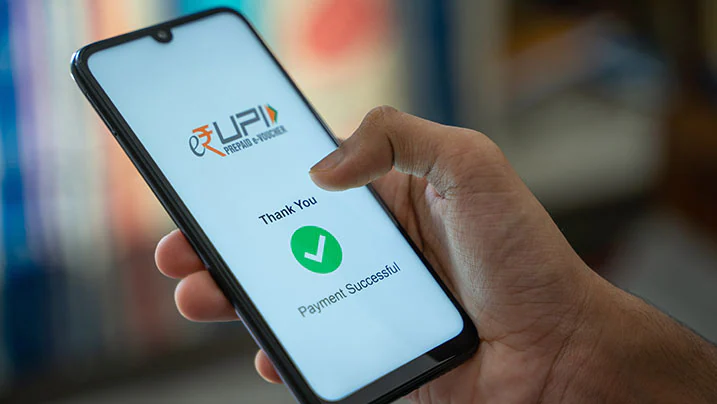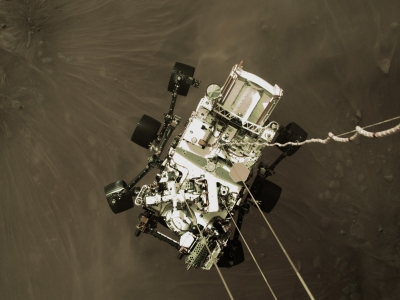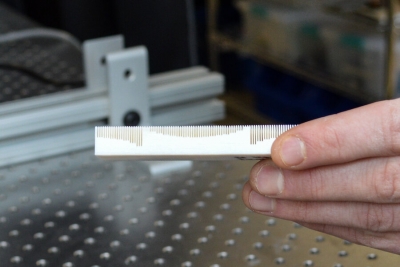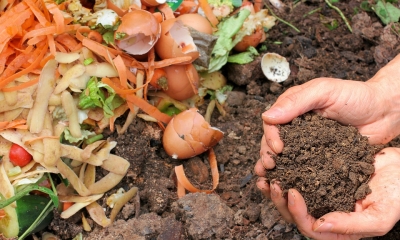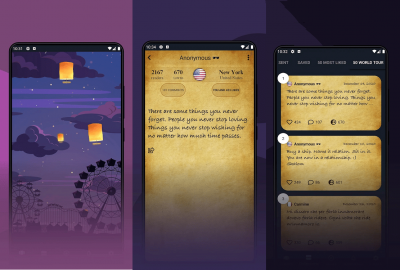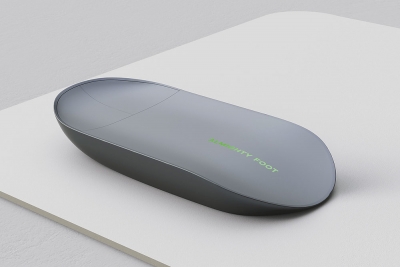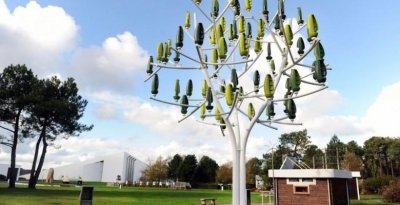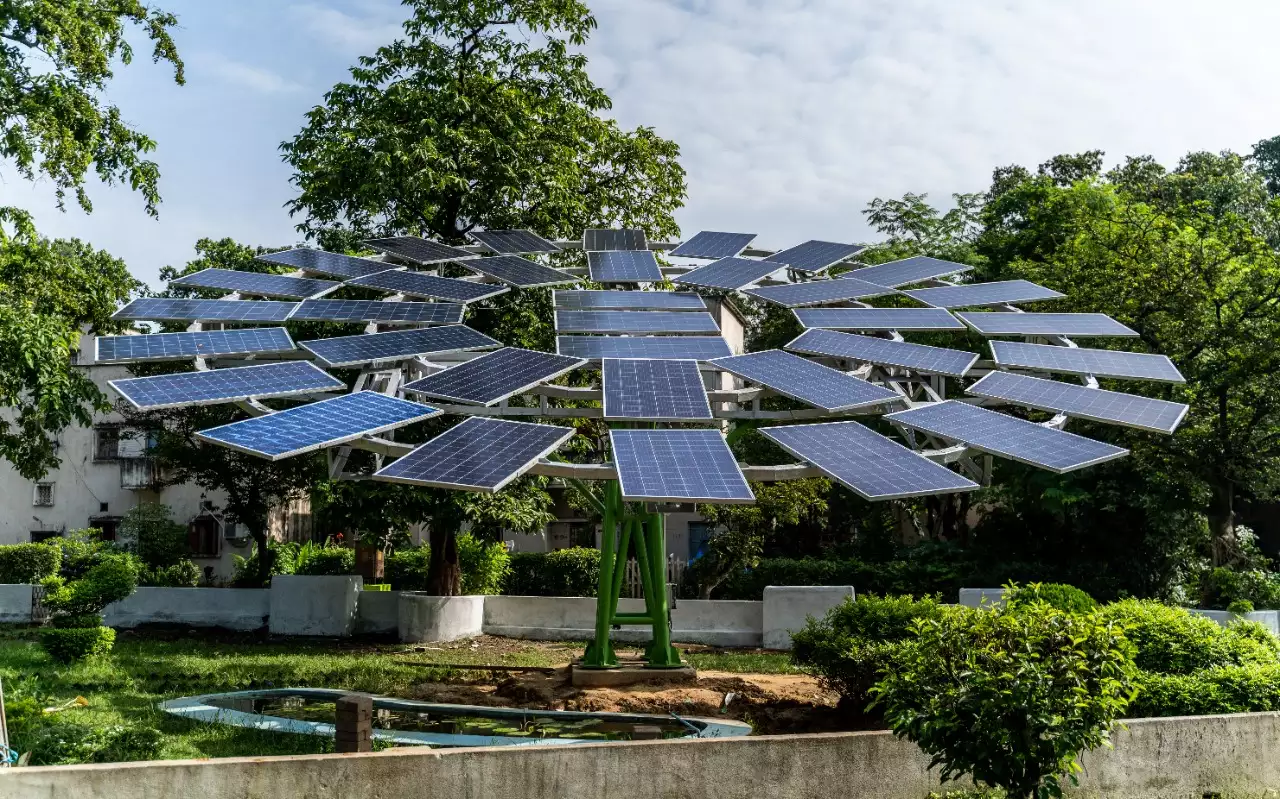What tool is used for accurate measurement?

Accurate measurements are made with the help of various measuring tools. Let's look at a few of them today
- Glucometer
A glucometer or glucose meter is a medical device that is used to determine the concentration of glucose in the blood. The device is available in user-friendly forms like small hand-held devices or paper strips. People with diabetes often keep this device with them at home to regularly monitor their blood glucose/sugar levels.
- Depth finder
Also called the echo sounder, this device is used on ships to determine the depth of water. The device uses reflected sound from the bottom of the water body to calculate the depth. It sends sound waves from the water surface and detects the reflected wave from the bottom (the echo). From the knowledge of the speed of sound in water and the time taken by the sound for the round trip, the distance travelled can be calculated and thus the depth.
The same device is used to detect underwater objects. Fishermen use it to detect the presence of big fish in the water.
- Speedometer
A speedometer measures the speed of a moving vehicle and displays the speed for easy reference while the vehicle is in movement. The device displays the current speed in kilometres per hour on the vehicle's instrument dashboard. These days all cars are factory fitted with common device, but in the early 1900s, it was an expensive option.
- Sound level meter
This device measures the intensity of noise/sound. The instrument is basically a microphone that picks up sound and converts it into an electrical signal which can be measured by a meter that is calibrated to read the sound level in decibels (a unit to measure sound intensity). If the decibel level of zero is the average threshold of hearing, then 120 decibels represents extremely loud sound that is painful to the human ear. Sound level meters are used frequently in some work places to provide sound information relating to prevention of deafness from excessive noise.
- Light meter (photography)
This device is used to measure the amount of light that is ideal for use in photography. It is an excellent tool for photographers because it can accurately determine how much exposure is required for a photograph. This information can help the photographer to decide the correct camera shutter speed for the best exposure in certain lighting situations.
Picture Credit : Google
